Transform your yard: 10 best desert plants for a beautiful landscape
Choosing the right plants for your desert landscape can significantly conserve water and create a vibrant, low-maintenance oasis in your backyard. It may seem like a daunting task, but this guide aims to simplify it for you with these handpicked 10 of the best drought-tolerant plants perfect for a desert garden.
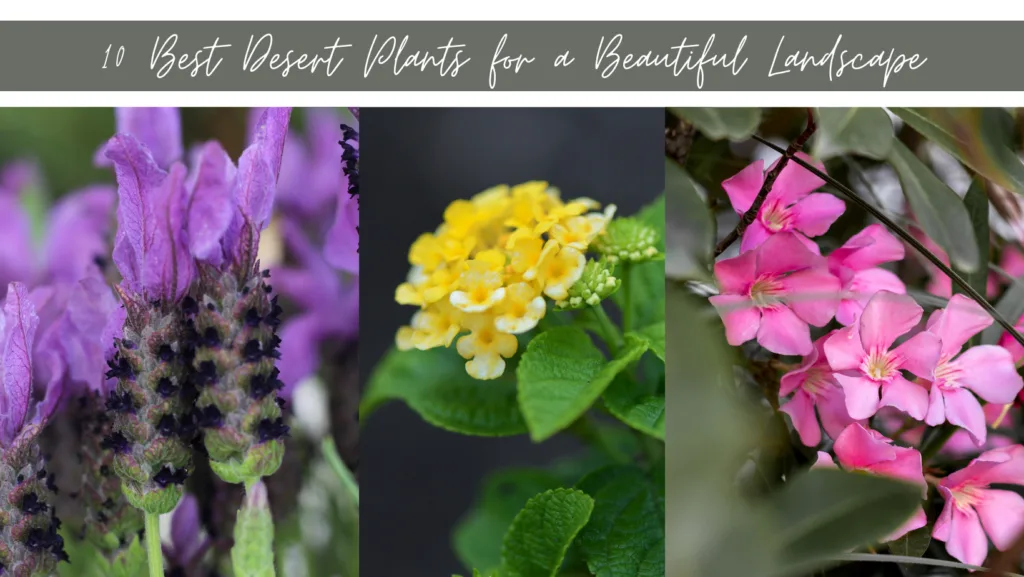
Picture a stunning desert oasis filled with vibrant colors and varied textures in your backyard. Achieving such a garden doesn't have to be a dream. This guide will introduce you to ten beautiful, resilient plants that not only thrive in desert landscapes but require minimal maintenance.
These plants are perfect for creating a visually striking outdoor space, just like a tiny trailer as your gardening shed, that is both gorgeous and environmentally friendly. Let's explore the possibilities for your future garden, a tranquil desert retreat that captivates the senses while naturally conserving water.
The essentials of caring for desert plants
Successful desert gardening hinges on well-draining soil, ample sunlight and minimal yet deep watering. Most desert plants thrive with at least six hours of direct sunlight and infrequent watering, particularly during the hottest months. With the summer days blasting heat over, adding vibrant desert plants to your backyard makes your outdoor space dreamy for whatever you're recipes you're grilling outside.
With these easy-to-care-for plants, regular maintenance mostly involves minimal pruning during the cooler months for size control and shape preservation.
“Drought-resistant plants are a must for harsh environments. Not only will these plants help you save money on your water bill and bring natural beauty to your surroundings, but many of them, like succulents clone easily. This means, once they are big enough, you can pinch off a section and plant it elsewhere in your yard or share with a friend. Succulents are a fun kind of gift that keeps giving.”
— Jessica Haggard, Easy Homemade Life
Top 10 plants for a low-water desert landscape
With their drought tolerance and minimal maintenance needs, these plants are perfect choices to create a beautiful, resilient desert landscape that is visually appealing and environmentally friendly. Whether bird watching or hosting a backyard movie night, taking the time to curate a beautiful backyard with these desert plants will add layers of luxury to your yard.
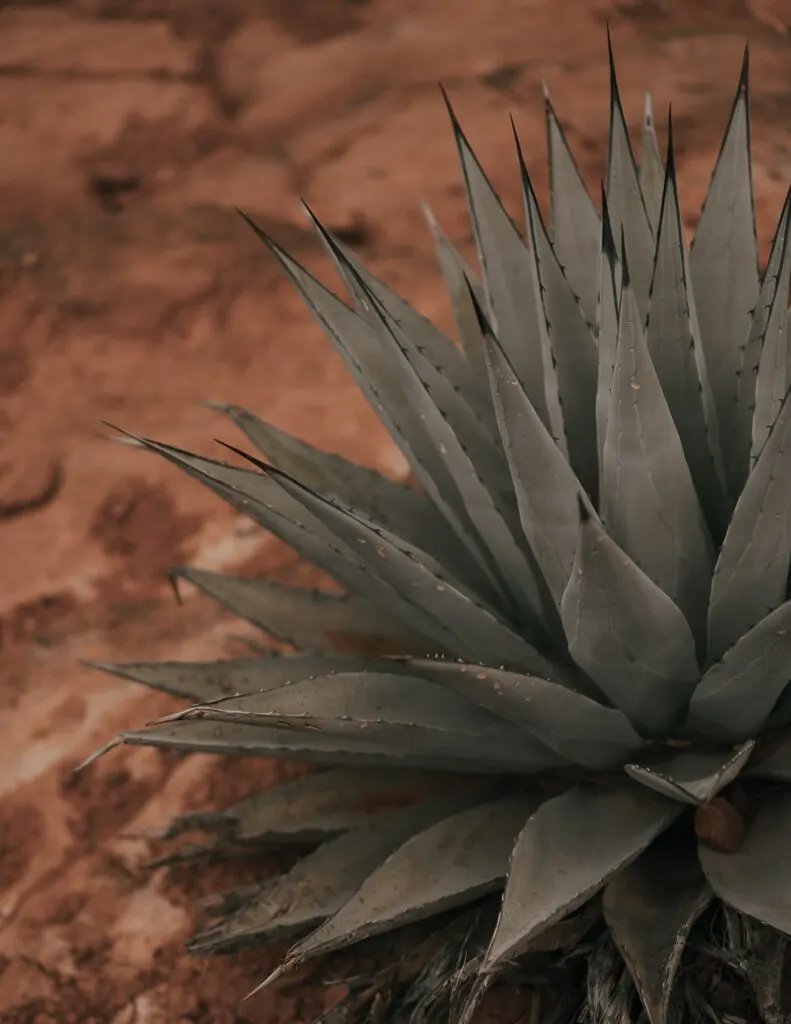
1. Agave
Agave is an iconic desert plant known for its rosette of thick, fleshy leaves. Its geometric form and large stature make it a focal point in any garden. When planting, choose a sunny spot with well-draining soil. Although drought-tolerant, occasional deep watering during extreme heat will keep it flourishing. With its bold structure and dramatic flower stalks, Agave adds an architectural element to your garden.
2. Red yucca
The red yucca is a perennial desert plant that sports long, slender, blue-green leaves and tall spikes of coral-colored flowers. It thrives best in full sun and well-draining soil. Despite being highly drought-tolerant, the occasional splash of water during dry periods will do wonders. Its evergreen leaves provide year-round color, and the flowers bloom from spring to summer, adding a fiery contrast.
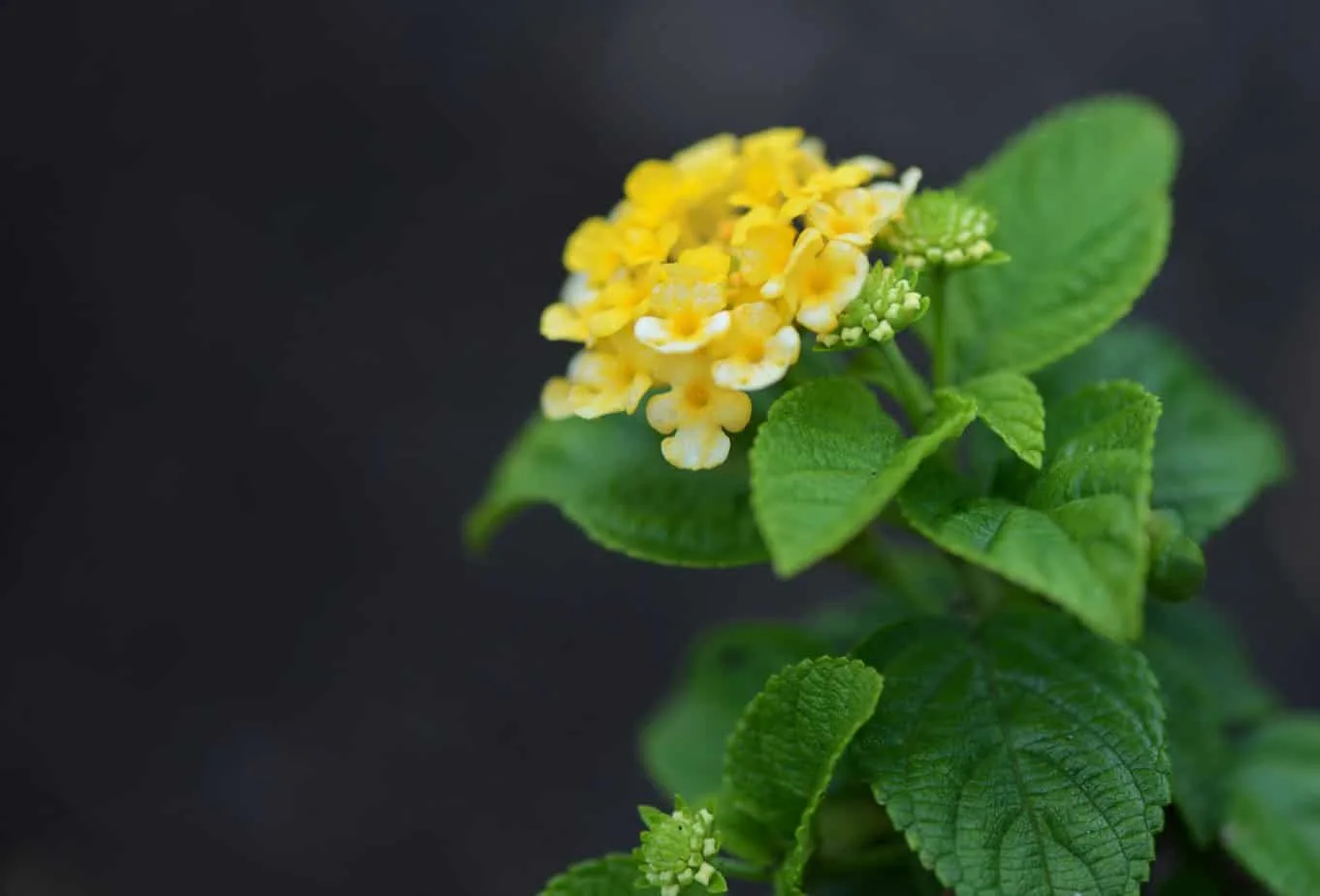
3. Lantana
Lantana is a robust, fast-growing plant with vibrant flowers ranging from red and orange to pink, yellow, or white. It needs a sunny location with well-draining soil and little water once established. Prune it back in late winter to encourage new growth. With its bright, multicolored flowers, it's an excellent addition to borders or as a ground cover, and it's a favorite among butterflies!
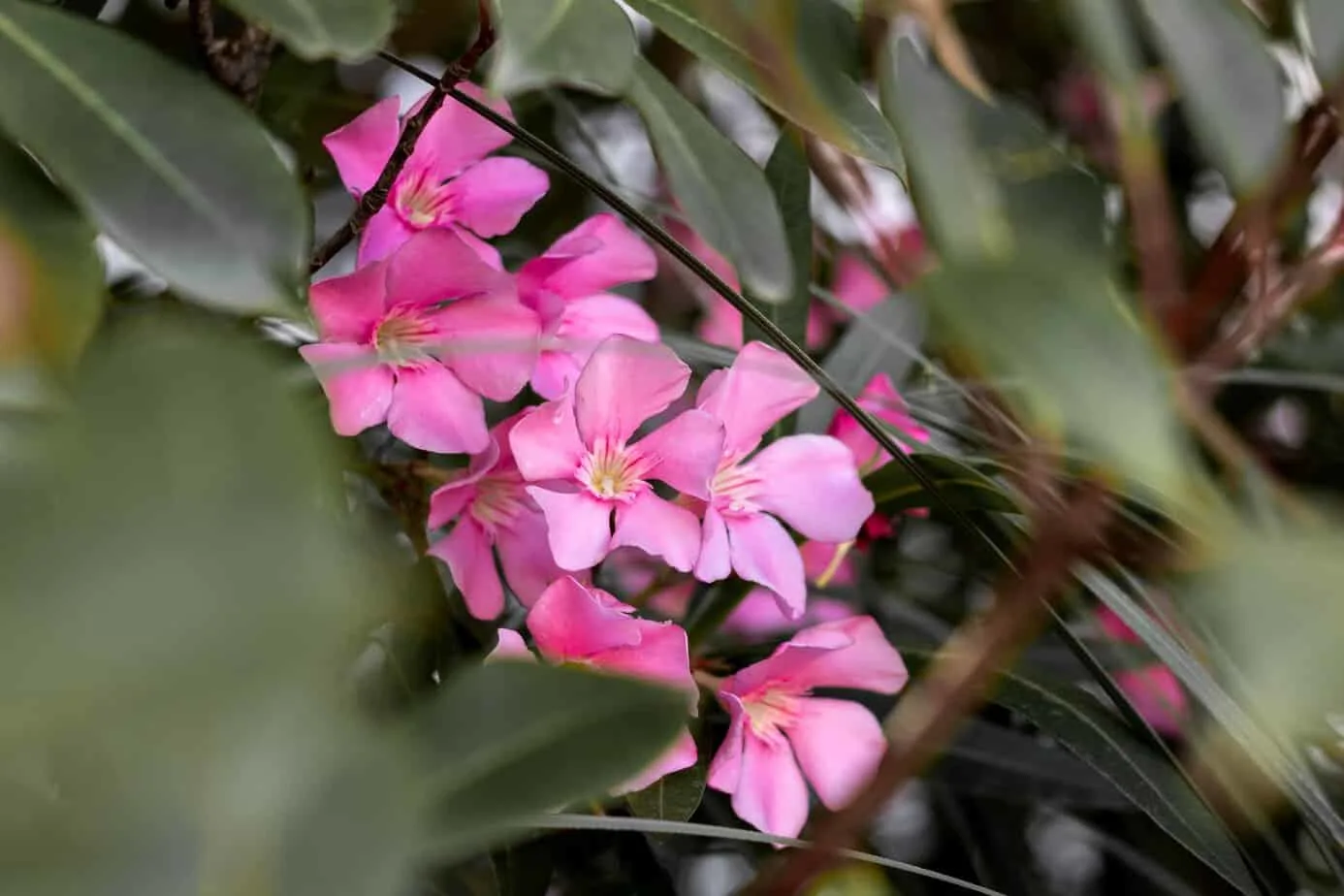
4. Oleander
Oleander is a hardy shrub featuring dark green leaves and clusters of fragrant flowers. It's happiest in well-drained soil and full sun and is remarkably drought-tolerant. However, it's toxic, so it's best kept out of reach of children and pets. With its lush foliage and showy flowers, oleander brings a tropical vibe to a desert garden.
5. Texas sage
Texas sage is a bushy shrub adorned with silvery-gray foliage and bell-shaped purple flowers. It requires full sun and well-draining soil. Being highly drought-tolerant, it asks for little maintenance once established. The contrast of silver leaves and purple flowers, especially after rainfall, creates a striking visual in your garden.
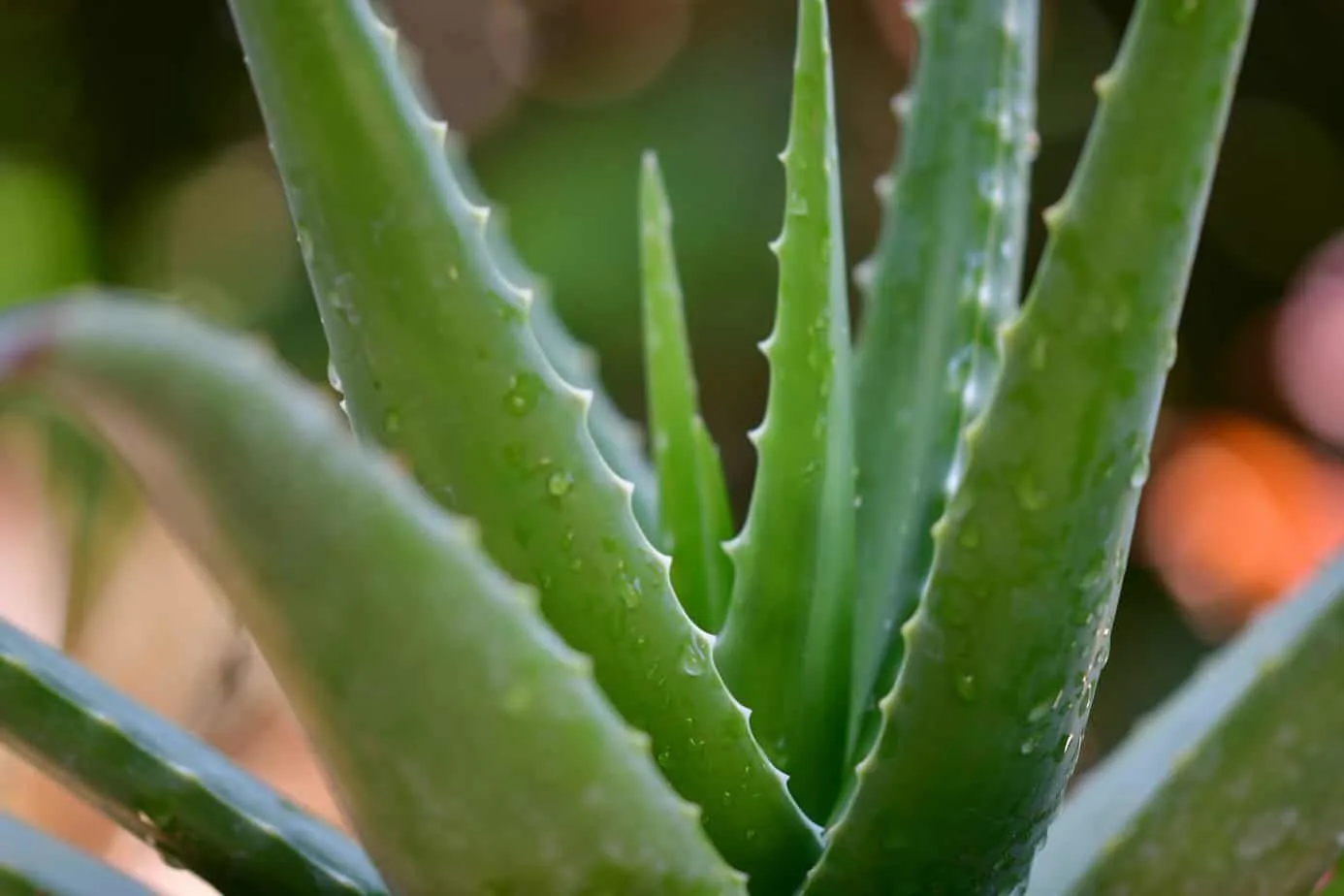
6. Aloe vera
Aloe vera is renowned for its medicinal properties and unique form of grey-green leaves. It thrives in well-drained soil and a sunny location. Water it sparingly, letting the soil dry out between each watering. Its spiky form and flowers add an intriguing texture to your desert garden.
7. Cape honeysuckle
Cape honeysuckle is a fast-growing evergreen shrub or vine with bright orange or yellow trumpet-shaped flowers. Plant it in well-drained soil in full sun to partial shade. While it is drought-tolerant, it does appreciate regular watering in dry seasons. Its profuse, vibrant flowers create a stunning display and provide privacy in your garden.
8. Mexican feather grass
Mexican feather grass is an ornamental grass with delicate, feathery blades that dance in the breeze. It prefers well-drained soil and full sun. Water it regularly until established, then reduce watering. As it self seeds prolifically, consider controlling its spread by removing seed heads. Its soft, wispy look brings a touch of whimsy to your landscape.
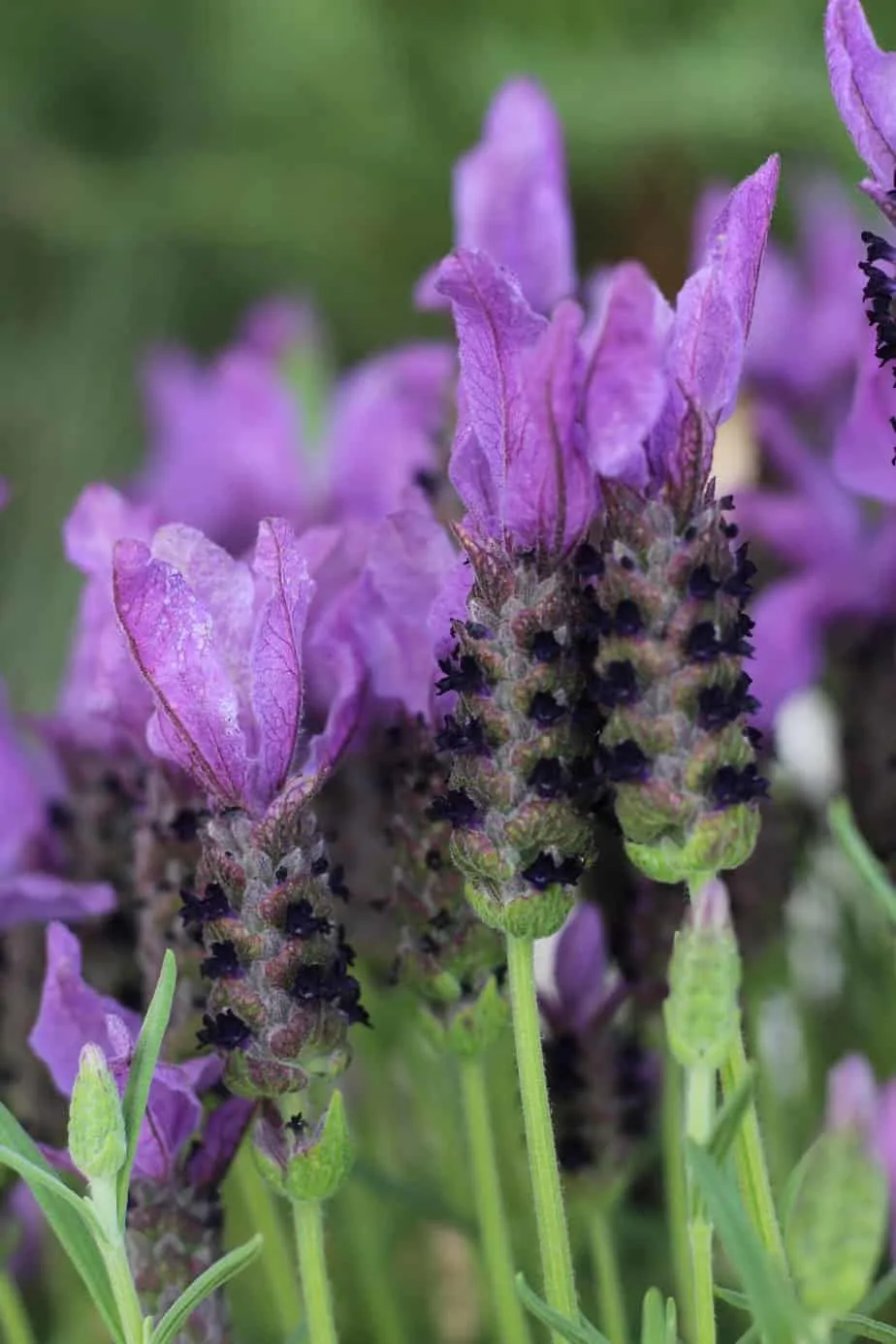
9. Spanish lavender
Spanish lavender, known for its rabbit ear flowers, is a compact evergreen shrub with aromatic foliage. It thrives in full sun and well-drained soil and requires only occasional watering due to its drought tolerance. Its unique flowers and fragrant leaves add visual interest and a pleasant scent to your garden. The best part is that you can use the lavender for this lavender water!
10. Yellow bird of paradise
The yellow bird of paradise, a heat-loving plant, sports exotic yellow flowers with long red stamens and fern-like foliage. Plant it in full sun and well-drained soil. Exceptionally heat tolerant, it requires minimal water once established. Its dramatic flowers add a tropical touch to your garden, making it a stunning focal point.
I like using drought-resistant plants because summer can be brutally hot and unforgiving for plants. Also, since summer is prime vacation time for many people, you will not have to worry about paying someone to come water your plants whenever you are away for a few days!
Tips for designing your desert landscape
Designing a desert landscape involves more than just selecting water-wise desert plants. It's about creating a cohesive, visually pleasing outdoor space that reflects your personal style. Here are some tips to guide your design process:
- Explore textures: Use plants with different leaf shapes and structures to create a variety of textures. Consider spiky agaves against soft Mexican feather grass or lush lantanas.
- Incorporate color: Inject life into your garden with colorful plants like lantana, oleander, or yellow bird of paradise. Their vibrant blooms can add contrast to the predominantly green and grey desert foliage.
- Create focal points: Guide the viewer's eye by establishing focal points. This could be a large plant like an agave, a rock formation or a bright cluster of flowers.
- Use height as a backdrop: while shorter ones can take the foreground. This variation adds depth to your garden.
- Plan for seasonal changes: By including plants with different blooming seasons, your garden will offer visual interest throughout the year.
- Group plants with similar needs: Design your garden with hydroponic in mind — grouping plants with similar water, sun and soil needs. This approach simplifies maintenance and ensures optimal growth conditions.
- Attract wildlife: Select plants like lantana or oleander to attract local wildlife, such as butterflies and hummingbirds adding another layer of interest to your garden.
- Mulch the soil: Use mulch to retain soil moisture, suppress weeds, and regulate soil temperature. It also lends a finished look to your garden. If mulch isn't an option, in authentic desert landscapes, using different colored rocks is a great way to add visual appeal.
Always check with your homeowner's association and local nursery for the hardiest plants for the region you're in. By considering these design elements, you can create a captivating garden that is low maintenance, water wise and reflects your style, leaving plenty of time for your indoor herb garden and hummingbird garden.
Additional tips for water conservation
- A low-water-use desert landscape is an eco-friendly choice requiring less maintenance than traditional gardens. With evergreen plants and various blooming seasons, these landscapes provide year-round visual interest.
- They also create habitats for local wildlife, fostering a vibrant ecosystem. Economically, they help reduce water bills and can increase property value. In essence, a desert landscape is visually appealing and an investment in your home and the environment.
"The Colorado River system, which provides water to millions of people in the Southwest, is severely strained due to long periods of drought and an increase in population. Planting vegetation that is native to the area requires less water, making it a responsible and beautiful option for landscaping your yard."
— Christie Vanover, former park ranger
Creating a lush, water-wise desert landscape is not just a win for your garden aesthetics; it's a contribution to environmental conservation. By choosing drought-tolerant desert plants like agave, red yucca, and Spanish lavender, you create a garden that thrives with less water and adds unique textures and colors to your home exterior, leaving more time for perfecting your steak recipes.
Remember, the joy of gardening comes from seeing your plants thrive in their ideal conditions. So, embrace the climate, create your desert oasis and enjoy the rewards of a low-maintenance, high-impact garden.
Kita Roberts is a world-traveled photographer and content creator writing for GirlCarnivore.com, PasstheSushi.com, and RomanticWeekendGetaways.com.
This article first appeared on Food Drink Life.
